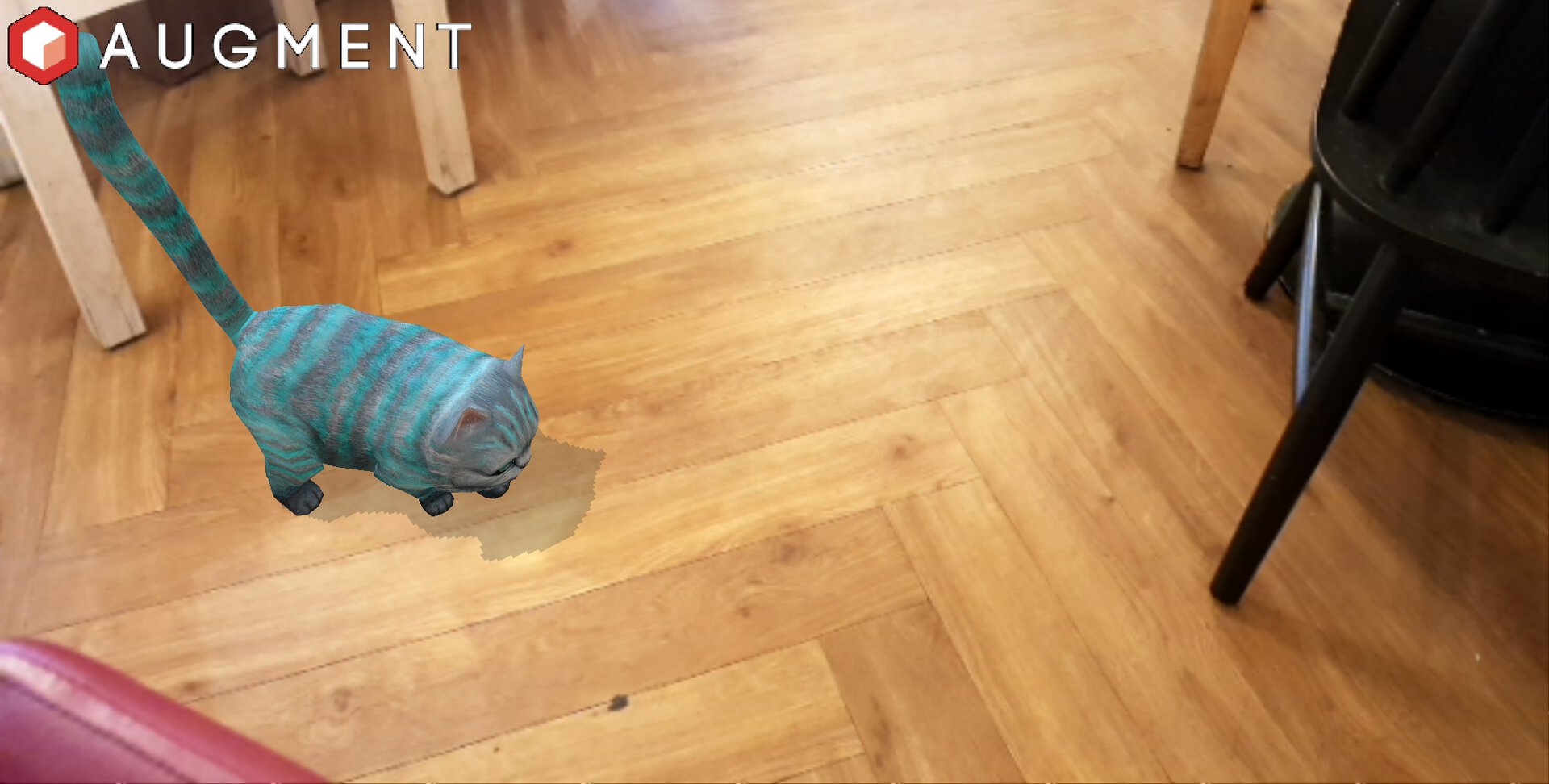Affiliate links on Android Authority may earn us a commission. Learn more.
AR vs VR: what's the difference?
May 1, 2019
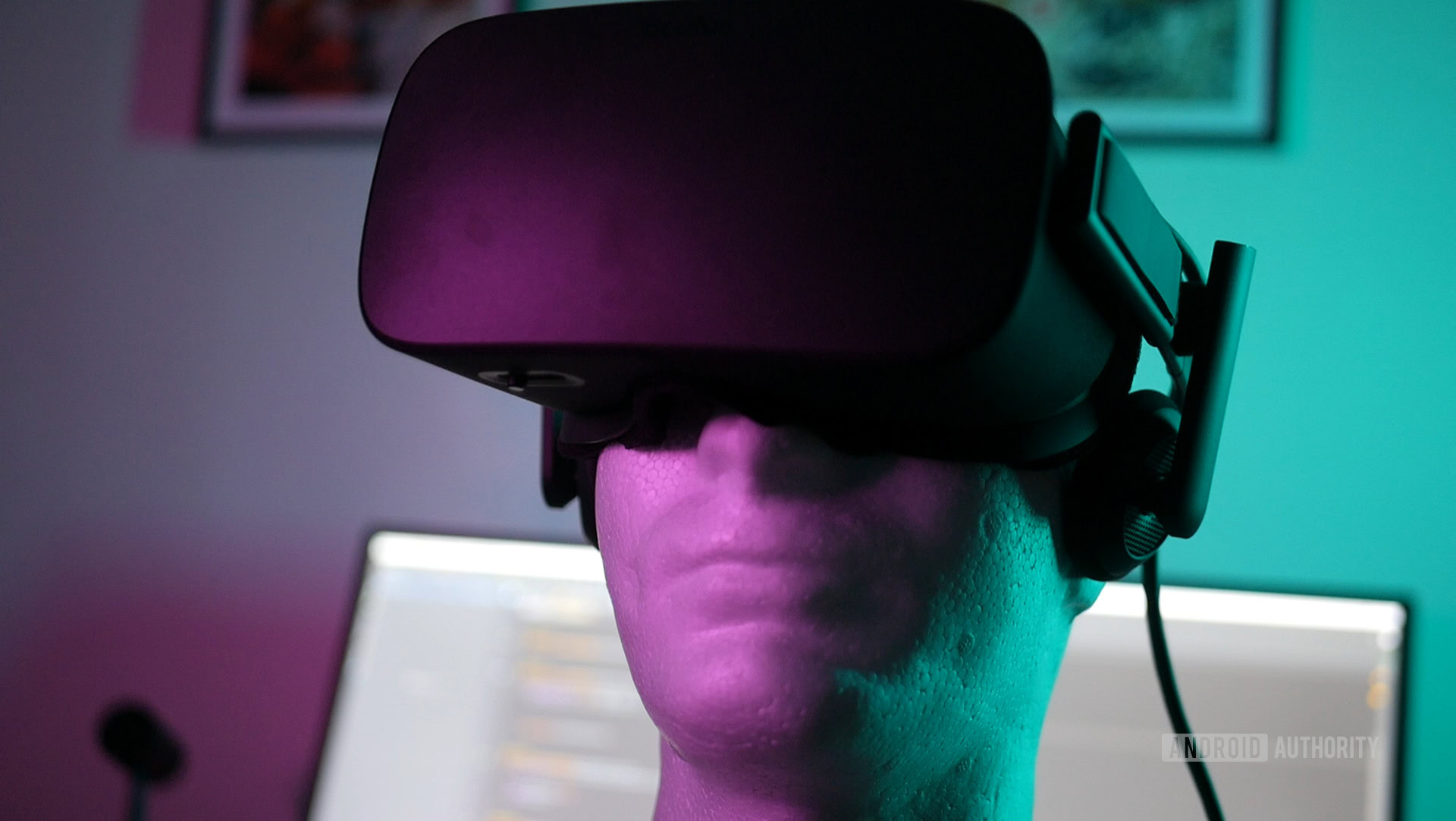
With the Oculus Rift S, the Android-powered Oculus Quest, the Vive Cosmos, and more all coming soon, virtual reality may be about to enjoy something of a second coming – perhaps finally breaking the general market. Despite the naysayers, VR is certainly not “dead.”
It’s not only VR that is making waves though. Equally exciting, and perhaps even more so, is the arrival of comparable technologies such as AR and MR. AR is ‘augmented reality’, while MR is ‘mixed reality’. Both these options bring something different but similar to the table and are equally significant in their own ways. Juggling all these concepts can get a little confusing for the uninitiated though, so let’s take a look at precisely how each of these technologies works and how they are different. It’s AR vs VR, a showdown that will define our future!
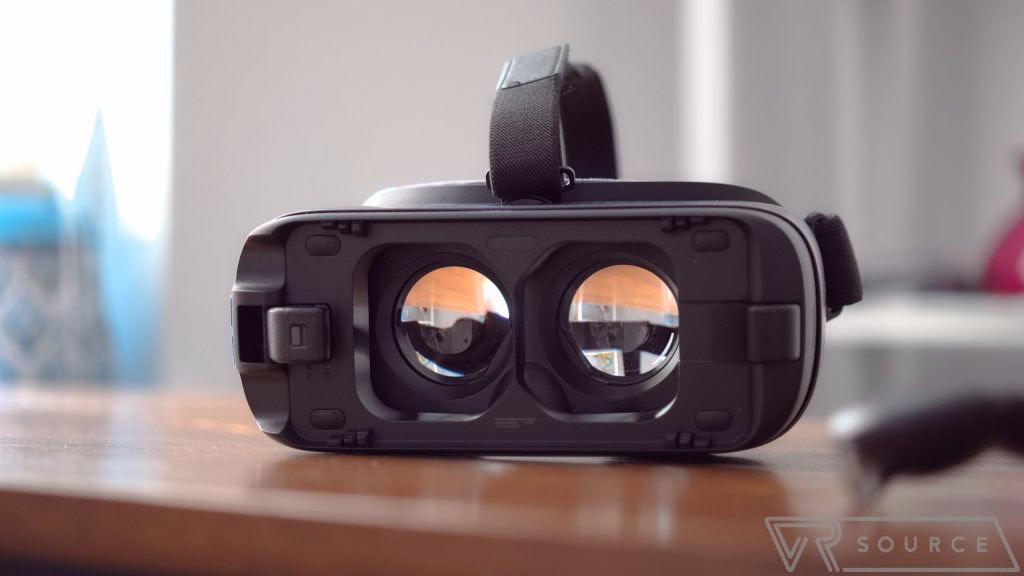
AR vs VR: Augmented Reality or Virtual Reality?
Augmented reality vs virtual reality. At the core we have two similar tech, but there are some key differences. The easiest distinction to make between augmented reality and virtual reality is that virtual reality immerses you entirely into a virtual world, whereas augmented reality simply overlays virtual elements onto the real world. You know, real reality (RR?).
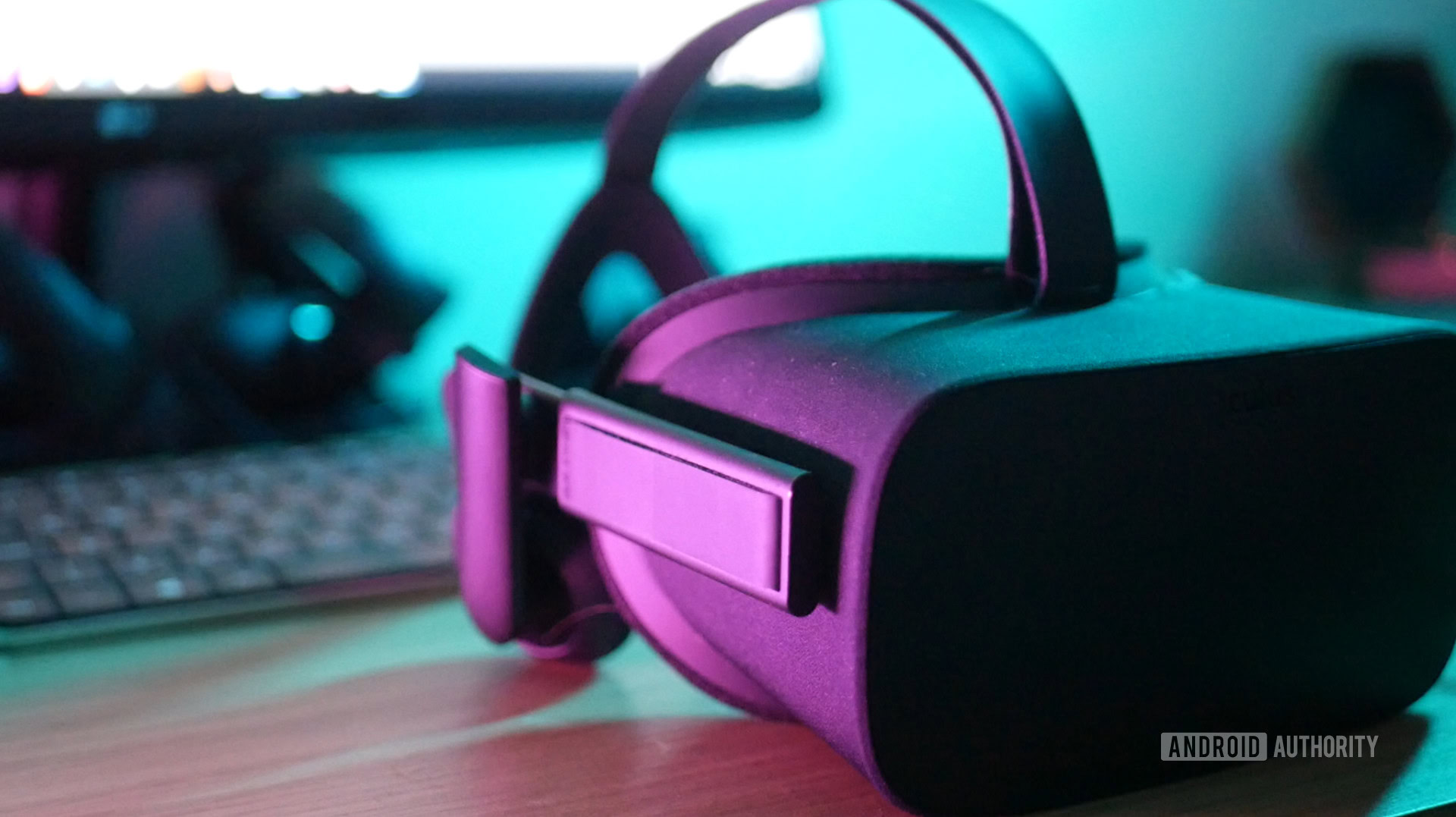
A virtual reality headset will typically use one or two screens that are held close to your face and viewed through lenses. It then uses various sensors in order to track the user’s head and potentially their body as they move through space. Using this information, it renders the appropriate images to create the illusion that the user is navigating a completely foreign environment.
In the case of a device such as the HTCVive or even more casual gadgets like Google’s Daydream, users are free to look around this virtual reality and interact with it to varying degrees (depending on the control options). More powerful PC-powered headsets and the upcoming standalone devices further allow “six degrees of movement,” meaning that you can actually get up and walk around, while being mindful not to crash into things back in the real world.

Augmented reality on the other hand, will usually use either glasses or a pass-through camera so that the user can see the real world around them in real time. Digital elements will then either be projected onto the glass, or will be shown on the screen on top of the camera feed. There are big similarities here between AR and VR: both are likely to use some kind of headset (although not always), and both will typically use gyroscopes and other sensors to follow the user’s movements. However, AR will typically require slightly less processing power compared with VR, seeing as it doesn’t need to render a complete scene. Fewer polygons are required to render a Dinosaur, versus an entire Jurassic scene.
What it does require though is some degree of “computer vision”. This is a field of computer science that allows a device to understand the world around it, so that the digital elements can be placed correctly. It is this technology that allows for “inside out” positional tracking with no need for beacons to detect the position of the user, and this same technology is what will allow devices like the Android-powered Oculus Quest to allow full freedom of movement without using external sensors. In many AR applications though, the amount of computer vision necessary is significantly lower; a lot of devices can get by simply understanding specific objects and reference points in the world.
In other words, AR might not need to show the user an environment or even integrate graphics that fully into the surroundings. Most AR can get by with just a basic understanding of where the floor is and how the user has moved around that point. It might also use other cues from the outside world: such as acoustic information, or GPS. Regular smartphones are capable of varying degrees of AR thanks to their winning combination of camera + screen + sensors.
AR and VR are not really competing technologies, but rather complimentary technologies
In fact, many of us use AR already on the daily. Pokémon Go for example is an example of AR being used in a very mainstream way, as are the filters and AR emojis in used in various camera apps. The latter use computer vision to detect faces, and then add graphics on top of them.

So where does mixed reality come in?
So that’s augmented reality vs virtual reality, but what about mixed reality?
Mixed reality is very similar to augmented reality in that it is a combination of a live feed of the world around you with digital information or CG graphics on top. The difference is that Mixed Reality generally refers to far more ambitious attempts to literally “mix” the digital and the real. Perhaps this might mean that a wall in your house becomes a computer screen showing a Skype conversation, for instance, or perhaps you’re driving a virtual remote controlled car around your living room floor. Examples of MR-centric hardware include the numerous Windows Mixed Reality headsets that are currently doing the rounds.
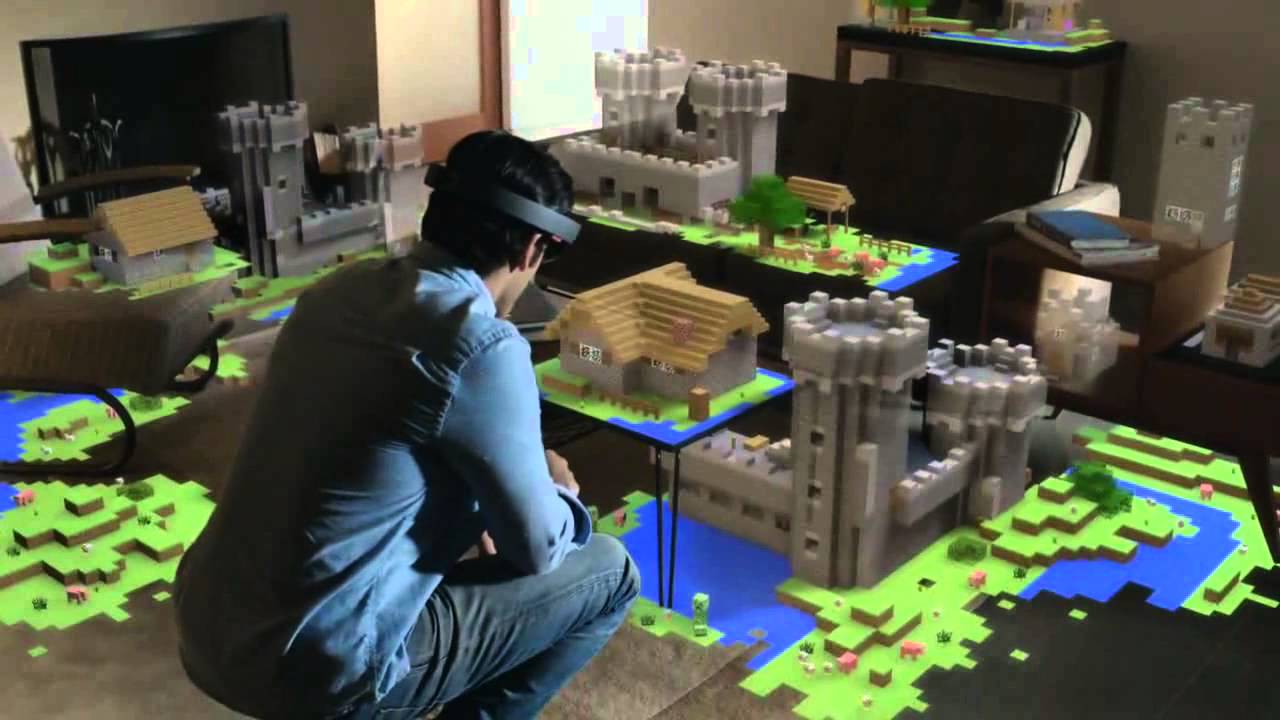
Mixed reality also tends to be more immersive than augmented reality, and require more processing power at the same time. This might mean that a third of what you can see is computer generated, as opposed to just seeing a piece of text or a single object on top of the real world. These devices also require a greater capacity for computer vision, as they need to be able to help the user orient themselves in space and not bump into the wall.
If Pokemon Go were an MR app then, we might expect to wear a headset and then be able to see Pokemon crawling around on our belongings – rather than simply being overlayed randomly against a backdrop when you hold your phone up. You’d be able to walk around them in 3D, and see them from different angles. As it stands, most smartphones lack the necessary sensors to produce true Mixed Reality.
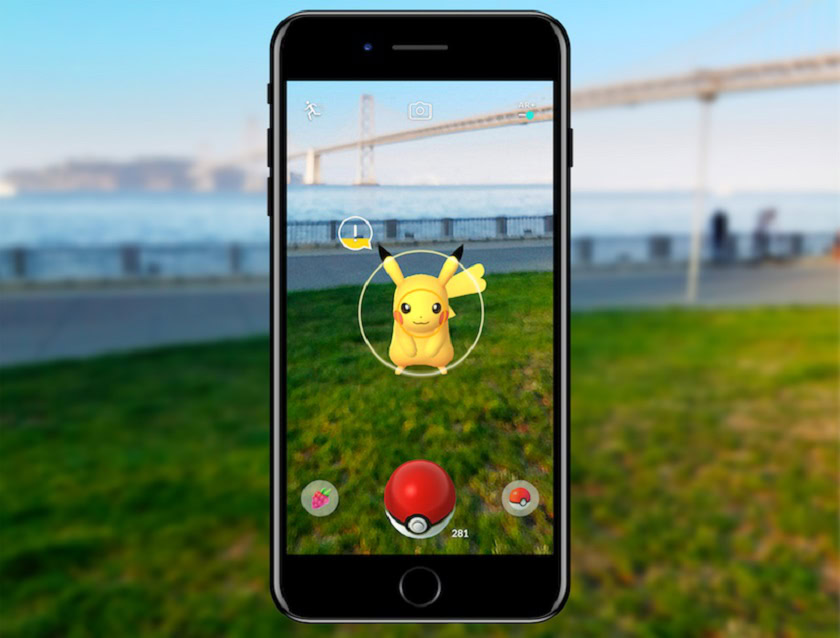
But the distinction gets blurry here and it’s at this point that the differentiation is hard to define. At a certain point, the terms augmented and mixed reality become interchangeable, so the decision between them comes down to the marketing team . As a general rule though: MR is an immersive form of AR, but AR is not always extensive enough to be considered MR.
At a certain point, the terms augmented and mixed reality become interchangeable.
It is perhaps best to think of this as a spectrum. On that spectrum, you have vanilla reality at one end and VR at the other. AR is closer to the vanilla end, while mixed reality is a little further along. There’s actually a term that you can use to describe the entire spectrum of experiences which is “extended reality” or “XR.” Most people won’t know what you’re talking about when you say that though.
Muddying the waters still
So, it gets a little complicated and arbitrary, but even once you’ve gotten your head around all the AR vs VR vs MR stuff, there are still some areas of confusion.
For example: how would you define 360-degree video? Some people would say that this is an example of virtual reality, while others argue that it is not “true” VR – it is, after all, just the real world in 360. This creates a whole new distinction between CG virtual reality and 360 video. But what about 360 degree video with CG elements?
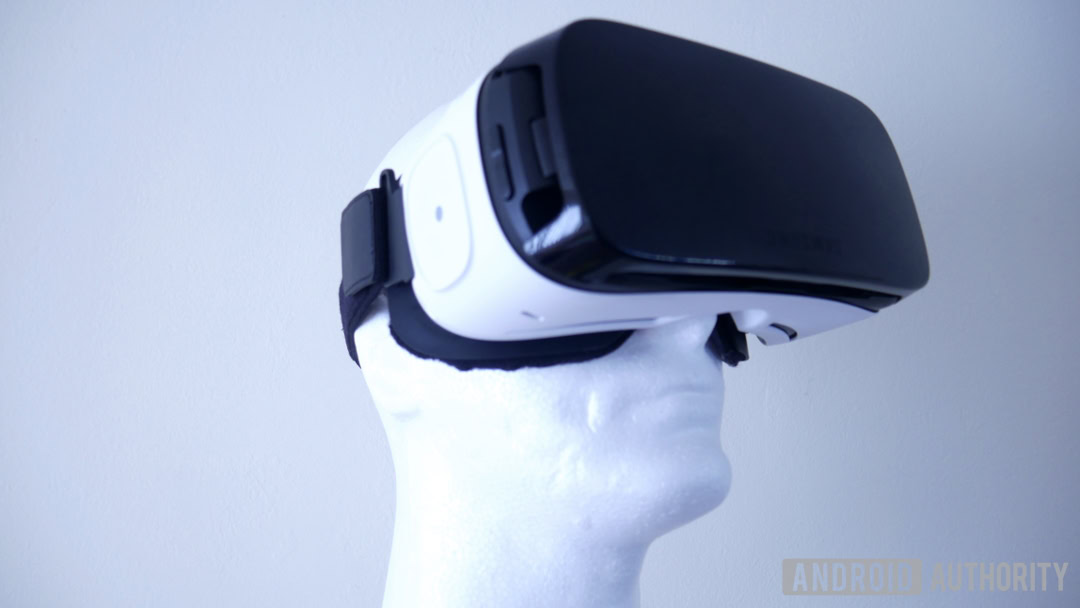
Then there is the fact that AR can affect senses other than your vision and therefore need not involve a screen at all. There’s a great app available on iOS (not Android, frustratingly) that has actually been offering a unique form of augmented reality for nearly ten years!
It was once called RjDj but is now called “The App Formerly Known as H _ _ r”. Which is strange. But forgetting the name, this app is an example of what you might call augmented audio reality; it takes sounds from your real world using your phone’s microphone and then changes them before playing them back in a warped fashion. You can apply different soundscapes to make your world more calming, more musical or just louder. And wait, does that then mean that a hearing aid is a form of AR too? According to Pharrel Williams, H _ _ r is “like legal drugs with no side effects”. So, there you go. Find out more here or try the similar “Scene Player” for Android.
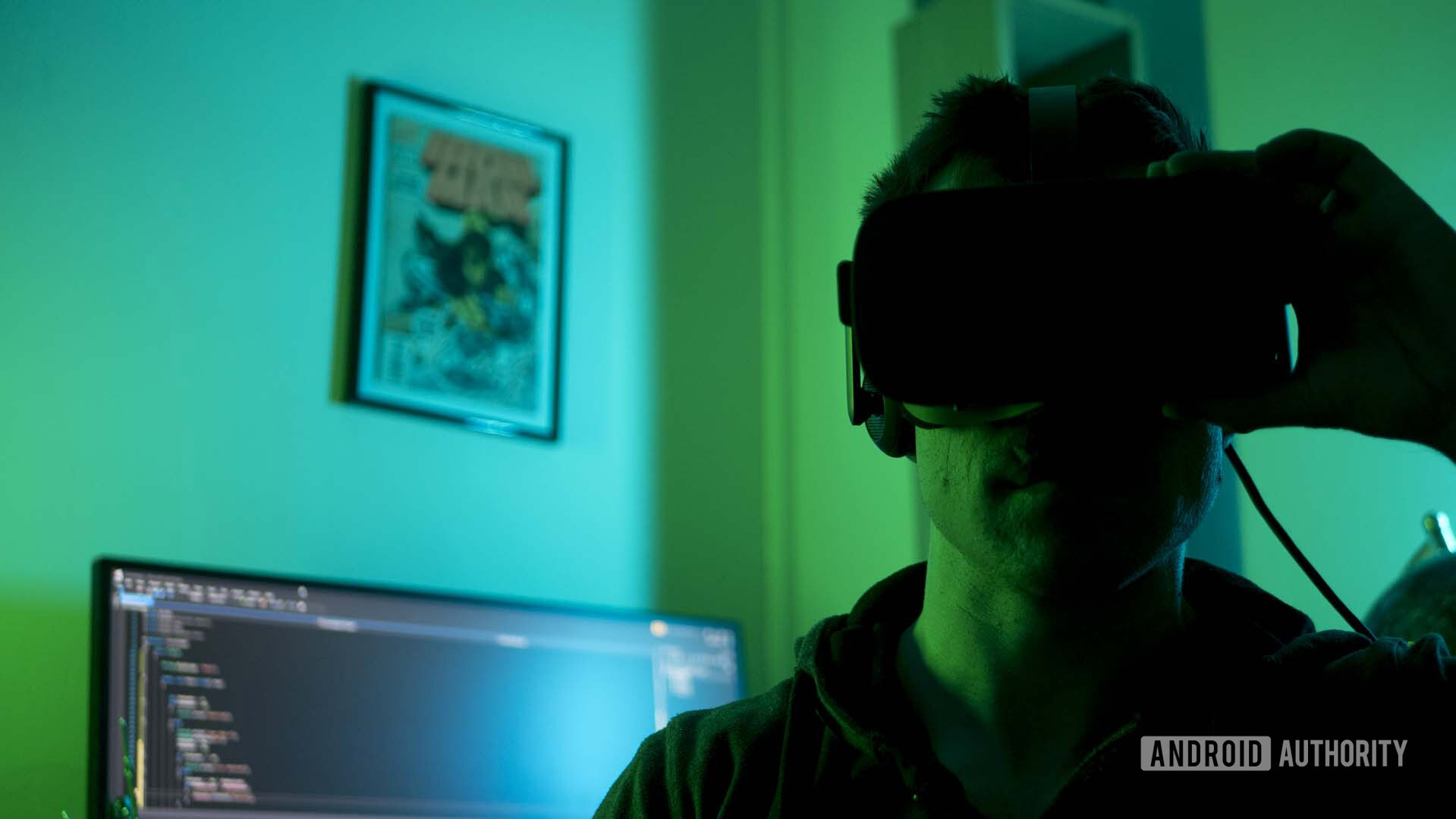
As you can see then, a whole range of different experiences are now possible, many of which defy categorization. Partly this is a sign of just how new and exciting this technology really is: it’s all coming so thick and fast that our vocabulary hasn’t quite had a chance to catch up. But whatever you call it: AR or VR, MR or XR – it’s all awesome.
When it comes to the AR vs VR battle, which side do you find yourself on? Have a preference? Let us know your thoughts down in the comments.
